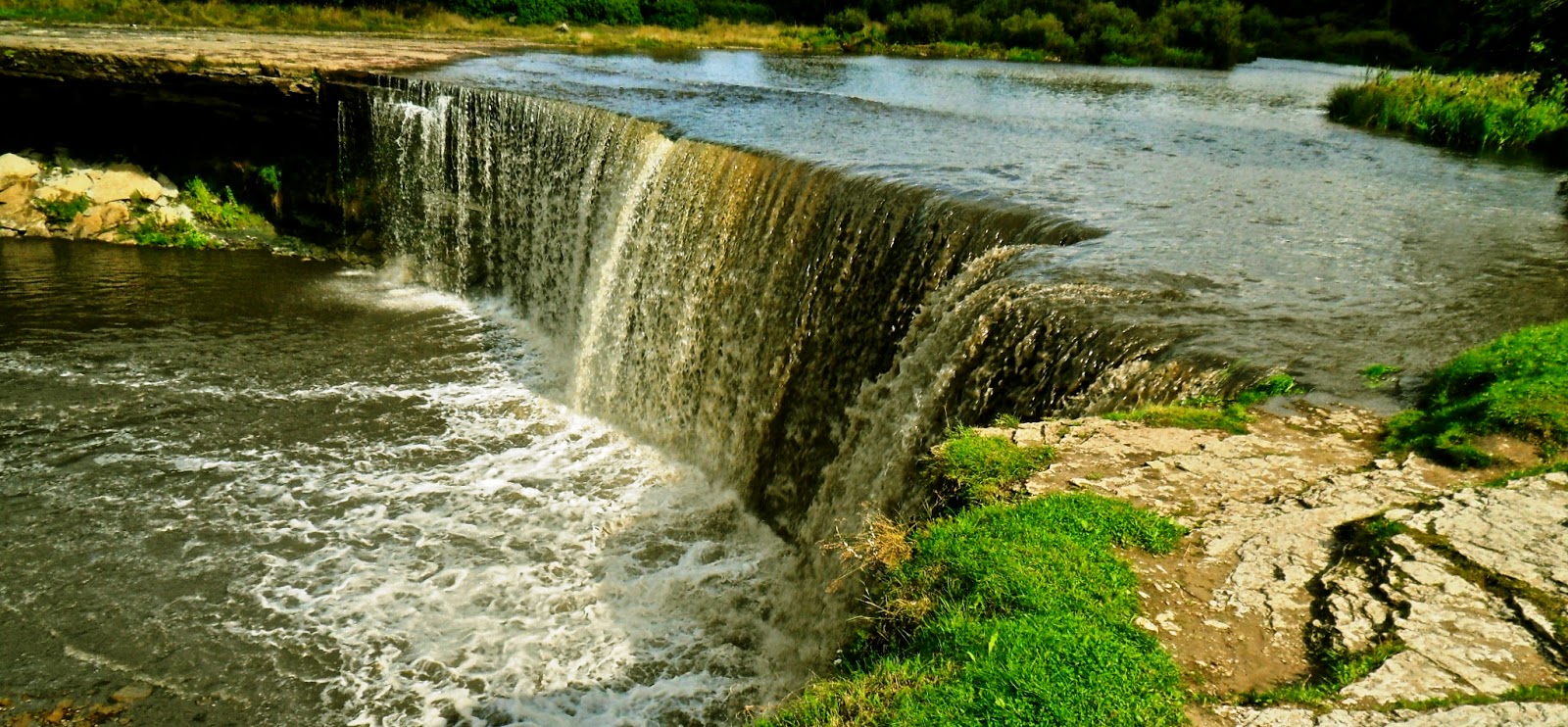Jägala Waterfall is a widest natural
waterfall in the lower course of the Jägala River Estonia, approximately
4 km before the river flows into the Gulf of Finland. The waterfall is
approx. 8 metres in height and more than 50 metres in width. Jägala
Falls is located near a small village Jägala Joa, 30 kilometers east of
Tallinn, Estonian capital city. There is a car park just next to the
waterfall, so access is extremely simple. To visiting the remarkable
Jägala Waterfall in winter is a truly amazing nature experience. Frozen
from January to March, it is definitely a peculiar sight to be seen.
You
can walk under the waterfall, in an ice palace. When the mass water is
frozen in cold weather becomes a glistening ice wall with large icicles. A
tunnel surrounded in both sides by ice may be formed in between the ice
hanging down from the edge of the waterfall and the wall of waterfall.
It’d be interesting to know that in terms of fishery the lower course of
the Jägala River from the waterfall to the river mouth is one of the
most valuable ones in Estonia and large trout and salmon resources can
be found here. In spring and summer (if it is not too dry summer) people
go canoeing there. With low water lever you can walk on the top of the
waterfall. And due to smaller waters, there is no opportunity to swim in
the river, stand under the waterfall and let water massage your
shoulders. The best time for visit could be a spring, when river is full
of water. But in dry season it does not look impressive. Source: Charismatic Planet




















































